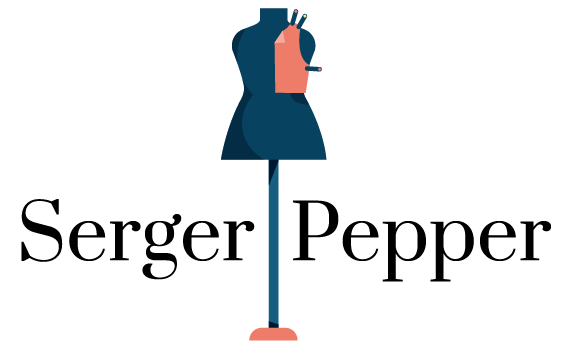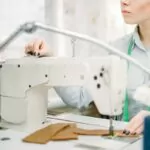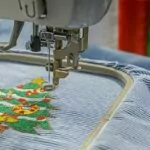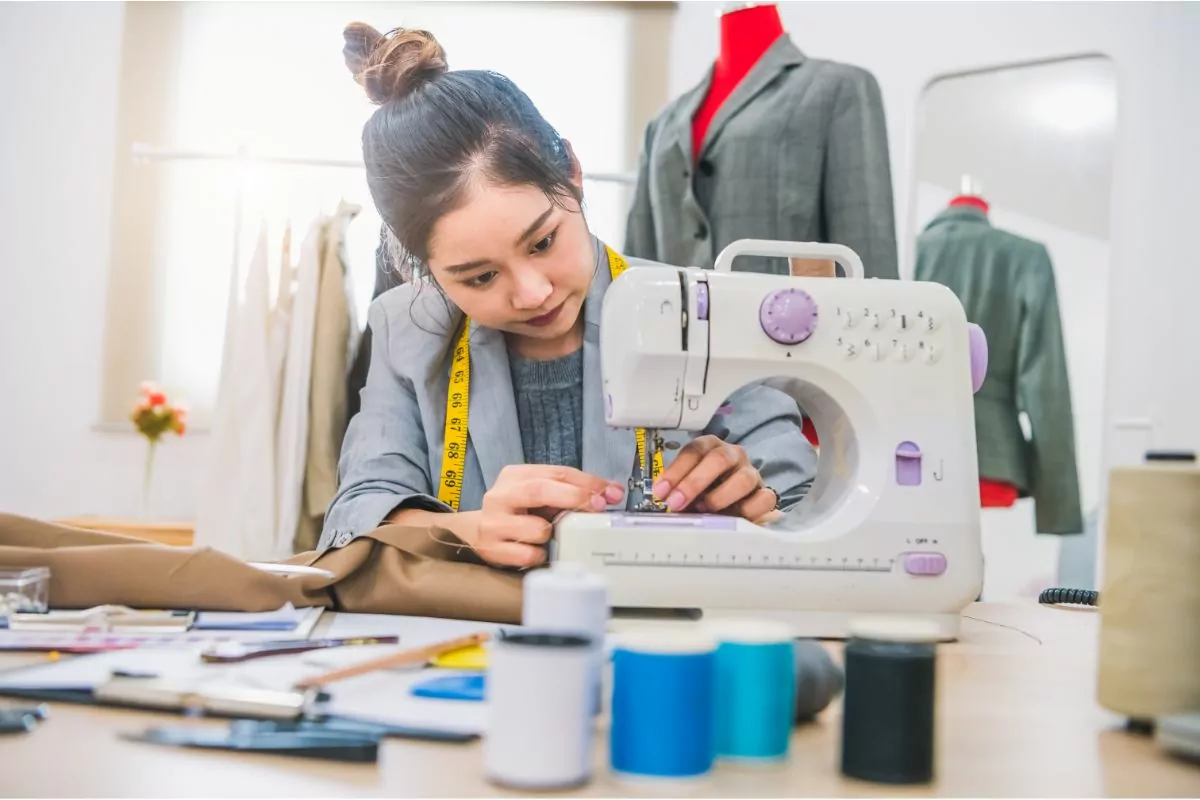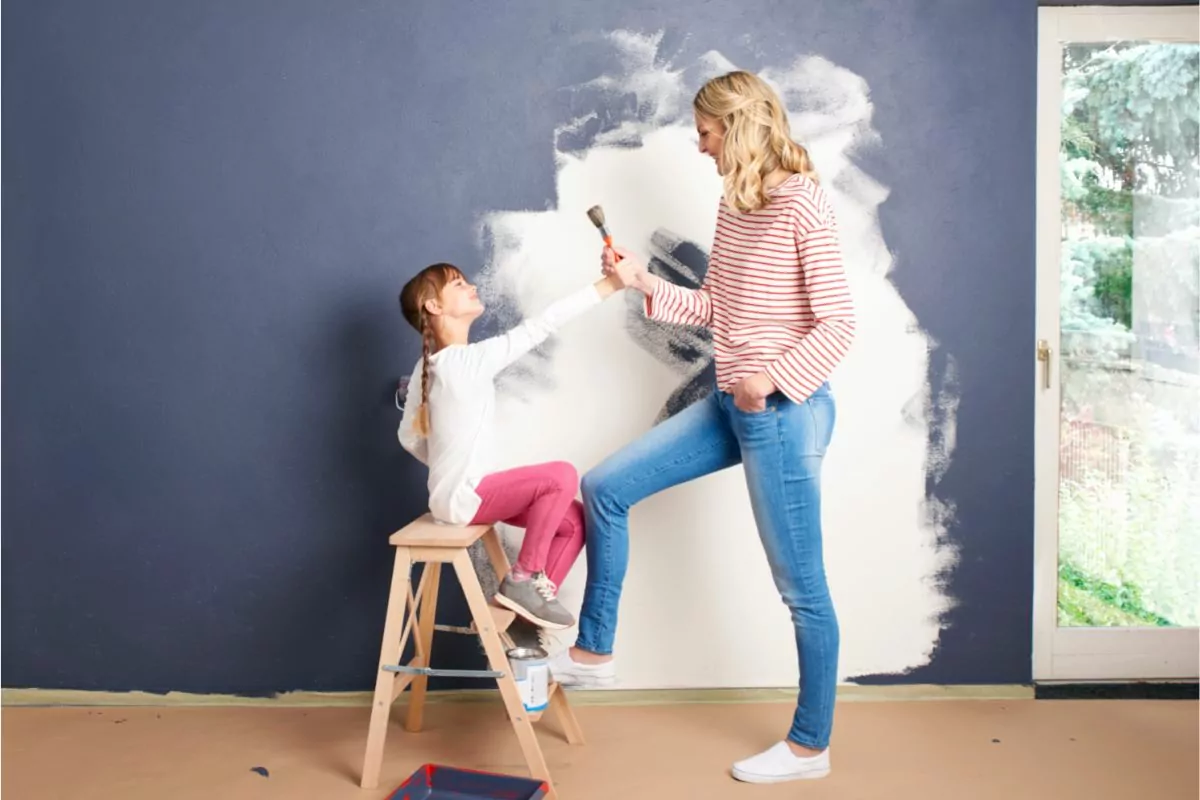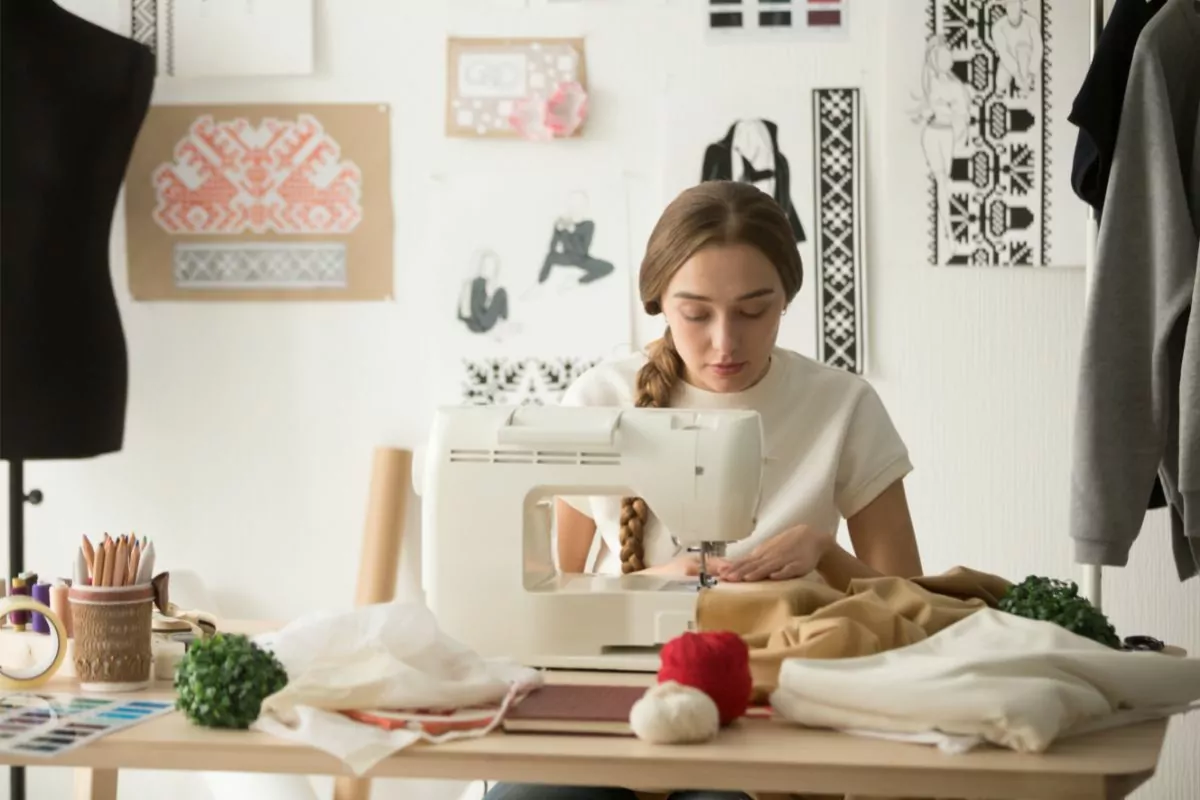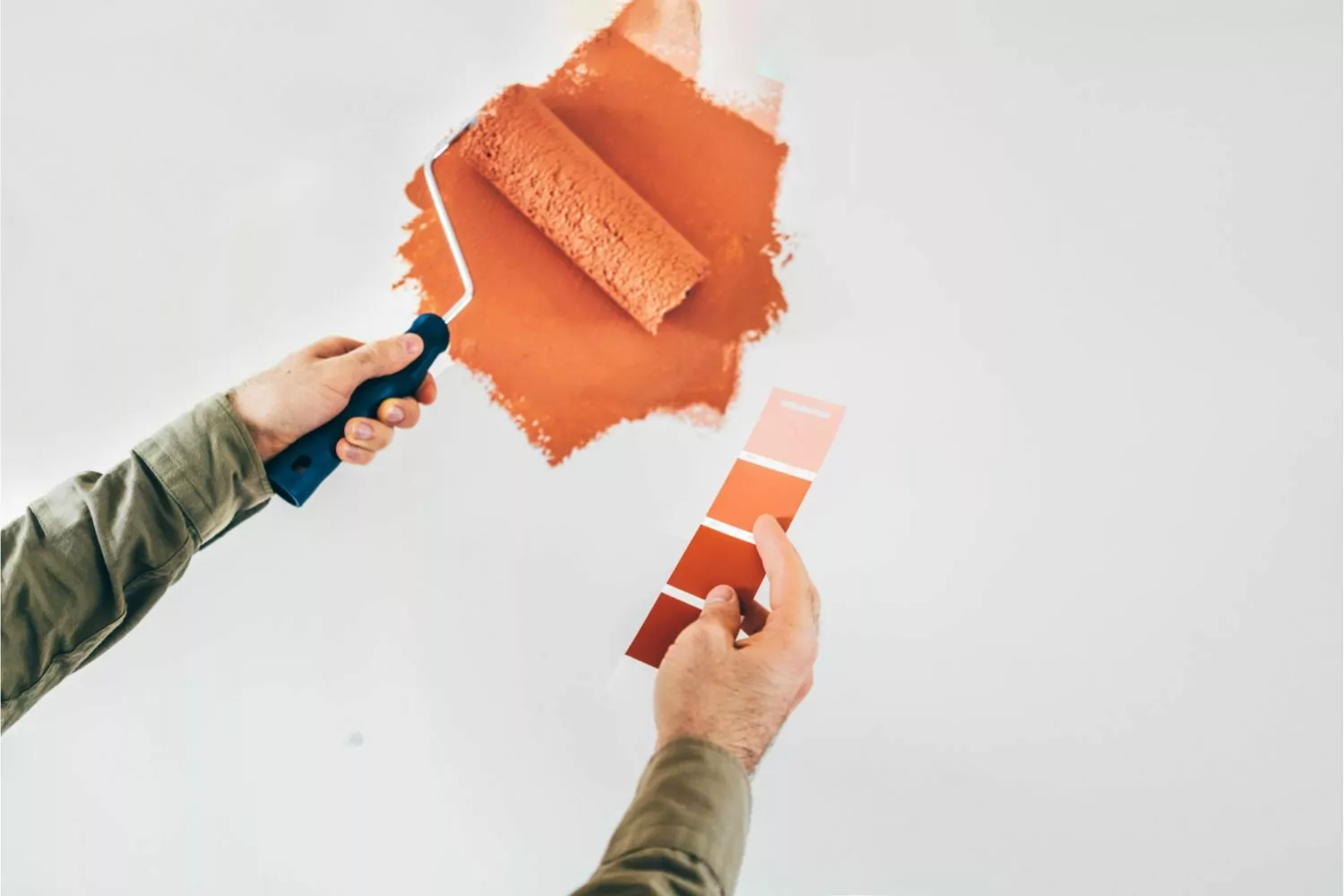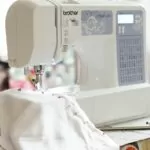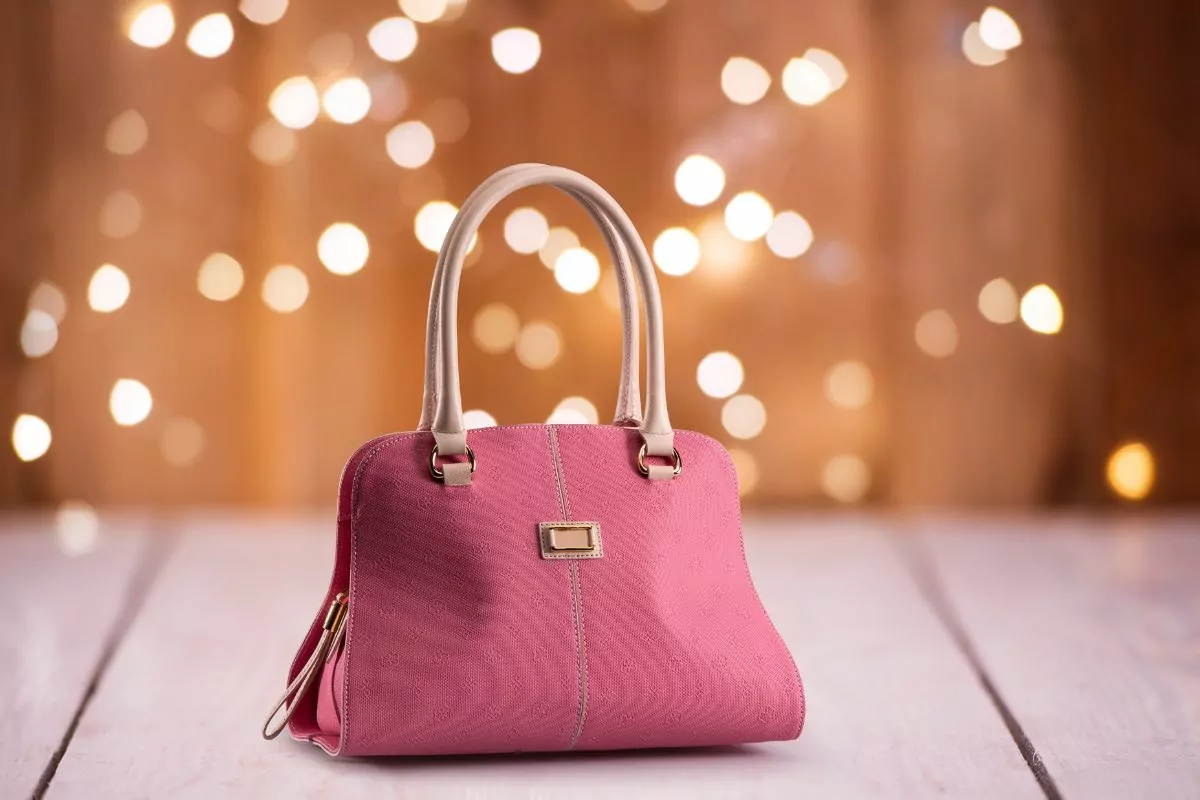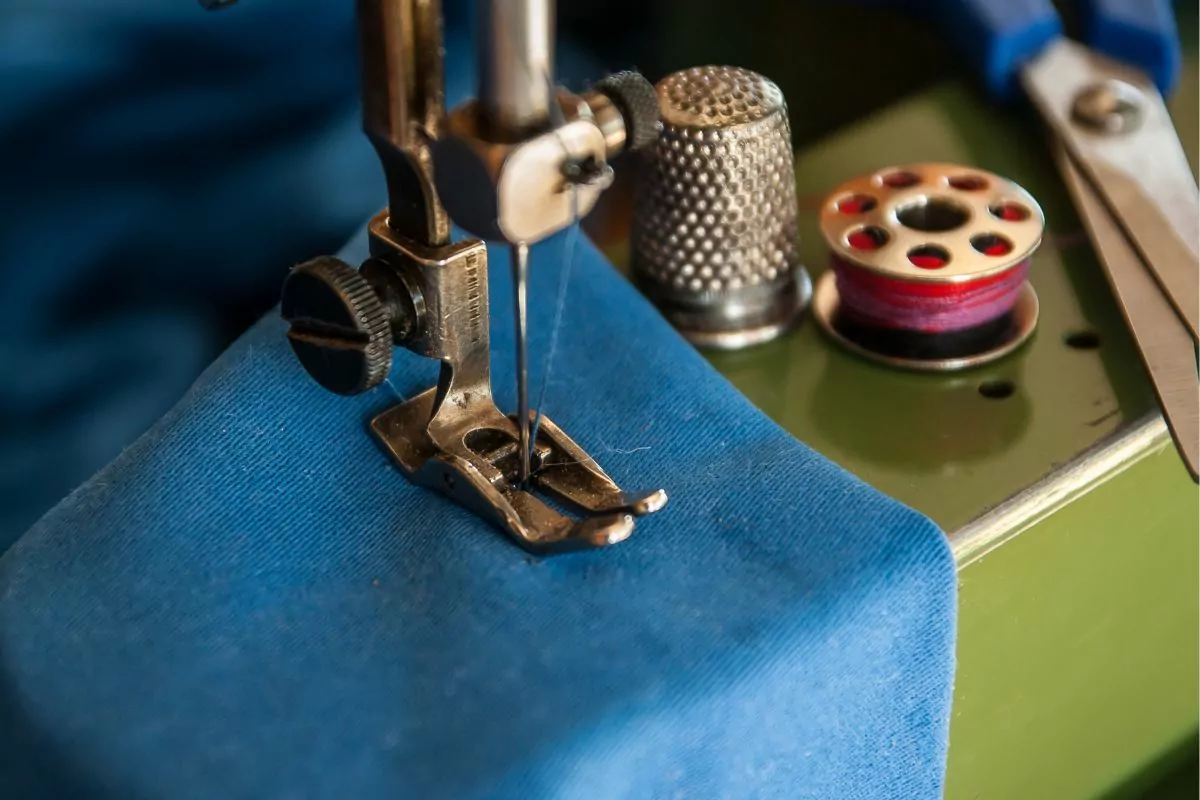Stitching is an essential part of many craft and sewing projects.
Knowing how many stitches per inch to use can make or break the end result of your project, so it is important to understand what works best for a variety of fabrics and techniques.
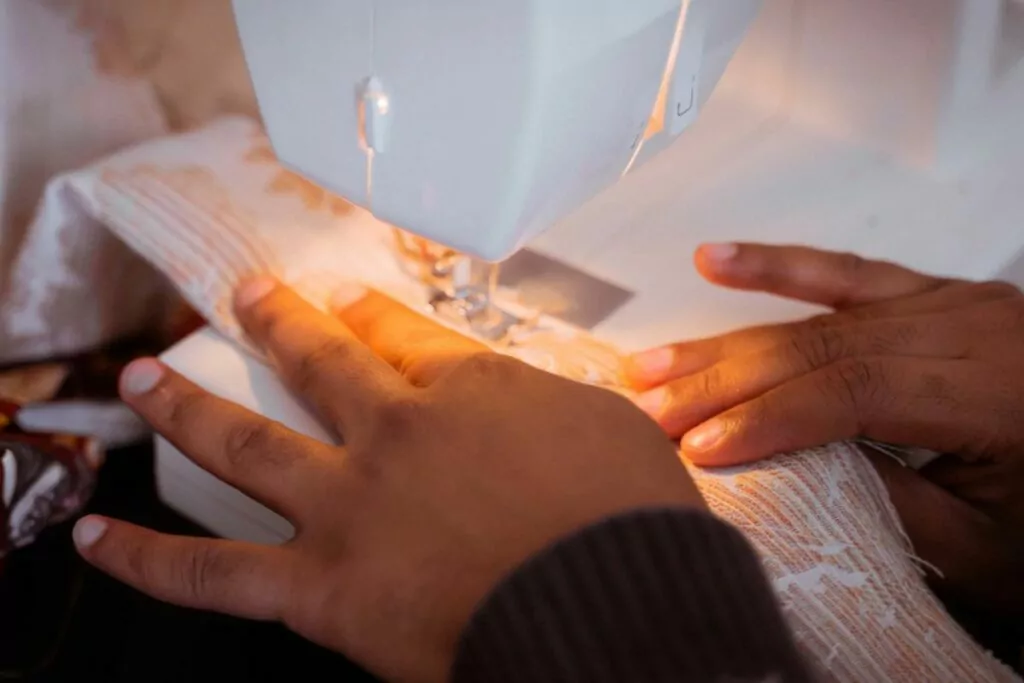
In this article, we will discuss why it is important to consider stitches per inch when selecting threads and needles, as well as provide an overview of the most common ranges.
What Exactly Is ‘Stitches Per Inch’?
Stitches per inch is a term used in the textile industry to measure the amount of stitches within an inch of fabric.
This measurement is critical for creating garments and accessories that look professional and aesthetically pleasing.
By controlling the precision of the stitching, it ensures that important aspects of a garment’s design can be replicated time and time again with accuracy.
Why Is It Important?
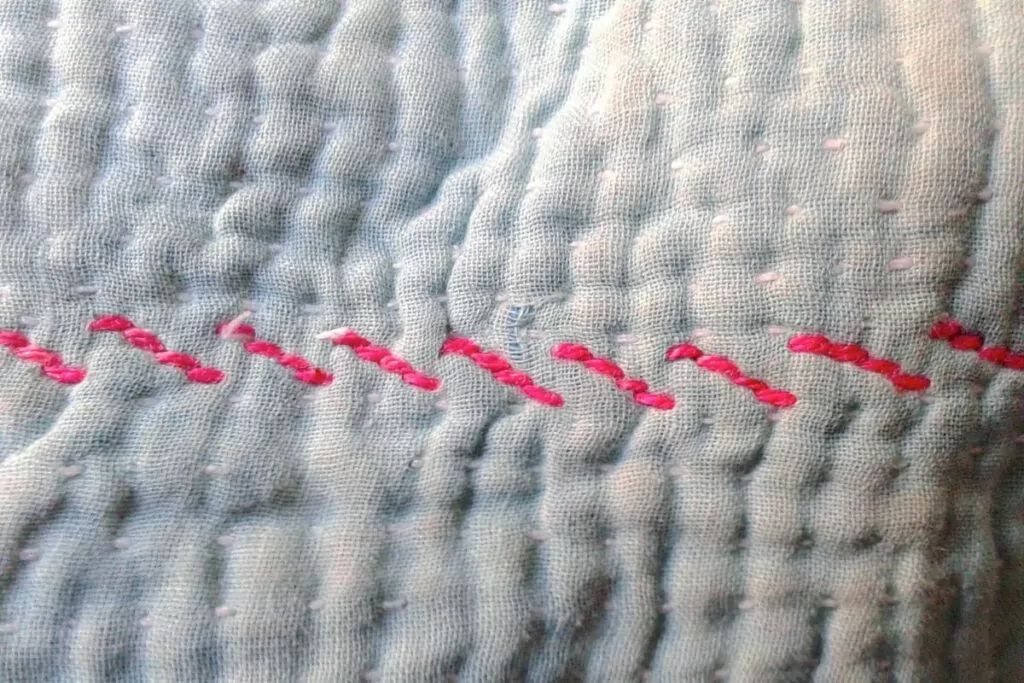
The importance given to this measurement varies depending on what product you are making.
- For instance, very tight stitching may be needed for delicate embellishments such as intricate beading or embroidery.
- Whereas for industrial materials such as bag sewing, only strong structured stitches are required while at the same time saving on materials used in production.
- However, whether decorative or practical, precision along with the quality of thread should always remain consistent if we want to produce high-quality results.
- Different types of fabrics also require different stitch measurements so that they hold together effectively when under strain from wear and tear.
As such, stitch per inch remains one of the most important factors in creating beautiful and durable products worthy of consumer satisfaction!
What Do You Need To Know About Stitches Per Inch?
Quilters need to pay close attention to stitches per inch to ensure that their products meet the required standards and produce a finished product that looks good.
This number is important for hand-quilting as well as machine-quilting, as both can achieve different results with varied numbers of stitches per inch.
- For instance, opting for 8 – 12 stitches is a common method of quilting when it comes to crafting heavy utility quilts.
- In addition, denim brands often use this range of stitches in order to give a vintage type of look to their garments by creating strong seams.
Going for such higher numbers makes it easier to get beautiful designs with delicate curves while also preserving the strength of the fabric through secure seams.
On the other hand, lower numbers like 4 – 6 are suitable for special occasions like wedding gowns, where lighter fabrics usually used can be safely seamed without adding too much bulk.
How Many Stitches Exactly Per Inch Should Be Used For Quilting?
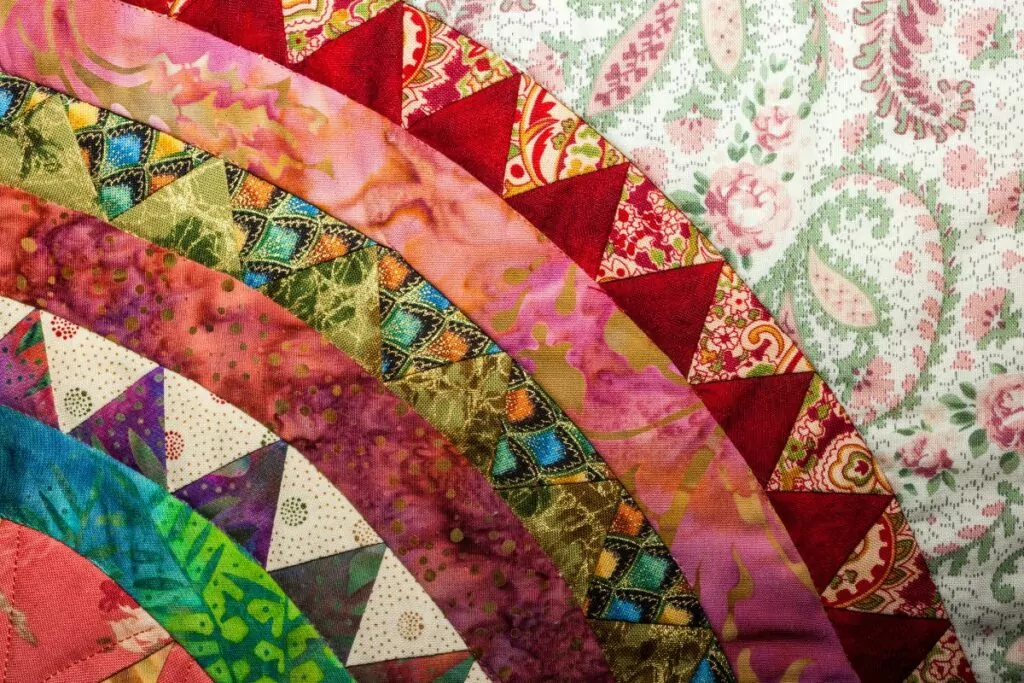
Working on your next quilting project? One of the most important things to consider is how many stitches per each individual inch you should use.
Depending on the project, material, quilting method, and your experience, you can use more or fewer stitches per inch.
Generally speaking, most projects and quilting styles suggest 8 to 12 stitches.
This number provides an even number of stitches throughout, while also allowing quilts flexibility in their materiality.
If you’re working with lightweight or loosely-woven fabric, then it’s important that you may have to work with more stitches.
This ensures that your finished piece will be strong and durable for many years to come.
In these cases, it’s recommended that you work with around 12 to 16 stitches.
Always test out a few samples first before jumping right into your final project to make sure that the stitch count is correct and won’t put unnecessary stress on the fabric itself.
The number of stitches per inch you should use depends on several factors, including:
- The type of fabric you are working with,
- The size and weight of your thread, and
- The technique you are using to stitch.
For light and medium-weight fabrics, a lower range is typically best (7-10).
Heavier fabrics like denim or leather require a higher range (10-12).
What Would Be The Most Ideal Stitch To Use For Stretch Materials?
For stretch-style fabrics, the zigzag stitch would be the ideal technique to use for your sewing project.
With its two needles moving simultaneously and creating two neat rows of stitches, this ensures that the thread attaches perfectly without any chances of fraying at the edges.
The advantage of this stitch is that it can easily stretch with the fabric while keeping a perfect finish.
This makes it ideal for use on materials such as spandex, or other elastic fabrics as they need to be flexible enough for movement and comfort.
- Due to its limitless application, from both practical and decorative designs to fashion apparel or even quilting projects, this stitch is highly popular among sewers.
- It allows for versatile stitching by adjusting the width and length of each zigzag stitch according to your own requirements. Not only does it offer a great fit, but it also adds aesthetic value to any project you tackle with the zigzag stitch.
Final Thoughts
In conclusion, the number of stitches per inch you should use depends on several factors, including the type of fabric you are working with, the size and weight of your thread, and the technique you are using to stitch.
For light and medium-weight fabrics, a lower range is typically best (7-10). Heavier fabrics like denim or leather require a higher range (10 -12).
For stretchy fabrics, the zigzag stitch is the ideal technique for sewing.
Frequently Asked Questions
What Is The Best Stitch For Heavier Fabrics?
For heavier fabrics like denim or leather, a higher range (10-12) is recommended. This ensures that the stitches are strong and durable enough to hold up for the long term.
Additionally, using a zigzag stitch can help provide extra flexibility and strength in these types of materials.
- How To Sew Fabrics Together - June 5, 2023
- How Many Stitches Per Inch? - June 5, 2023
- How Long Does It Take To Sew A Dress? - June 5, 2023
